Modern tire technology blends a unique mix of chemistry, physics and engineering to give consumers a high degree of comfort, performance, efficiency, reliability and safety. Many tires are custom-designed to meet the stresses and performance needs specified by the maker of a particular model vehicle.
Every tire is carefully inspected, and random samples are pulled for additional safety tests. As part of these tests, tires are x-rayed, cut apart and examined, run on test wheels, or road-tested to evaluate handling, mileage and traction performance. If properly cared for, tires can last a long time – usually from 40,000 to 80,000 miles, depending on the application.
As many as two hundred different raw materials combine into a unique mix of chemistry, physics and engineering to give consumers the highest degree of comfort, performance, efficiency, reliability and safety modern technology and creativity can provide. Here are the basic steps:
Planning and Design
Many tires are custom-designed to meet the stresses and performance needs specified by the maker of a particular model vehicle. The process begins with a computer, which converts the mathematics of the car’s special needs into specifications. A prototype tire is then made to test the tire design’s ability to provide the desired characteristics. Custom-designing a tire for a particular vehicle typically takes many months of testing, inspection, and quality checks by the tire maker and the vehicle maker. Only then does the vehicle maker commit with an order.
Manufacturing
The production process begins with the selection of several types of rubber along with special oils, carbon black, pigments, antioxidants, silica, and other additives that will combine to provide the exact characteristics wanted. Separate compounds are used for different parts of the tire. A machine called a banbury mixer combines the various raw materials for each compound into a homogenized batch of black material with the consistency of gum. The mixing process is computer-controlled to assure uniformity.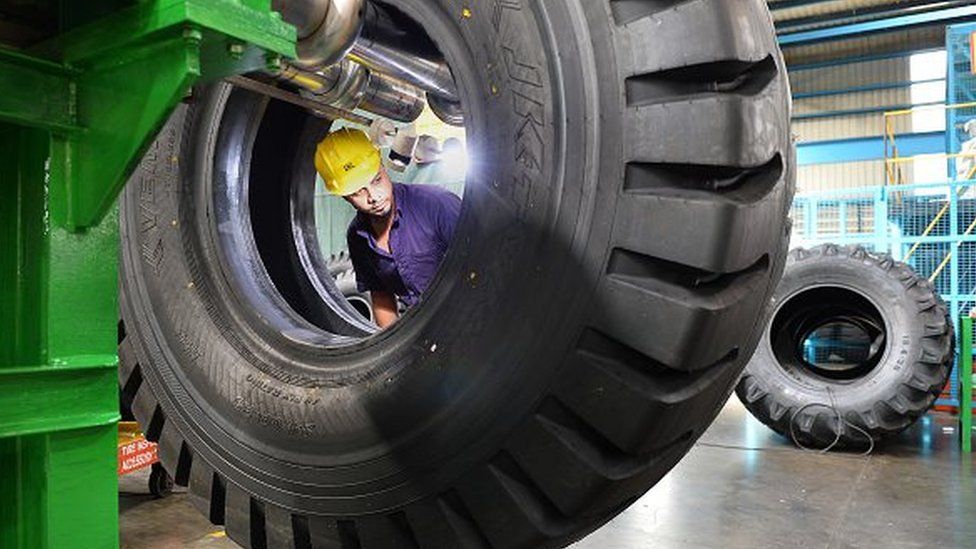 The compounded materials are then sent to machines for further processing into the sidewalls, treads or other parts of the tire.
The compounded materials are then sent to machines for further processing into the sidewalls, treads or other parts of the tire.
Then the task of assembling the tire begins. The first component to go on the tire building machine is the innerliner, a special rubber that is resistant to air and moisture penetration and takes the place of an inner tube. Next come the body plies and belts, which are often made from polyester and steel. Plies and belts give the tire strength while also providing flexibility. The belts are cut to the precise angle and size the tire engineer specifies to provide the desired ride and handling characteristics. Bronze-coated strands of steel wire, fashioned into two hoops, are implanted into the sidewall of the tires to form the bead, which assures an airtight fit with the rim of the wheel. The tread and sidewalls are put into position over the belt and body plies, and then all the parts are pressed firmly together. The end result is called a “green” or uncured tire.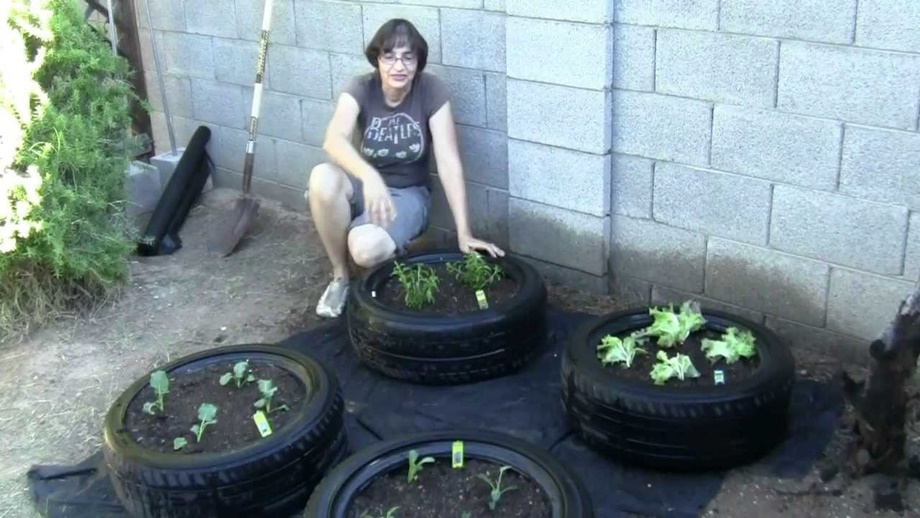
The last step is to cure the tire. The “green” tire is placed inside a mold and inflated to press it against the mold, forming the tread and the tire identification information on the sidewall. Then it is heated at more than 300 degrees Fahrenheit for twelve to fifteen minutes, vulcanizing it to bond the components and to cure the rubber. (FACT: This twelve to fifteen minute curing process is for passenger and light truck tires only, off-road and large tires may take up at a day to cure because of their size!) Every tire is then inspected, and sample tires are randomly taken from the line and tested. Some are x-rayed, some are cut apart to look for flaws, others are run on test wheels, or road-tested to evaluate handling, mileage and traction performance.
A tire is a complex combination of components made from numerous ingredients. But how do we get from the rubber tree to the road? Tire production is a multi-step process. Let’s follow a Continental tire through all five essential stages of tire manufacturing:
Let’s follow a Continental tire through all five essential stages of tire manufacturing:
Various branches of industry supply the tire manufacturing industry with raw materials, which are used to create the necessary compounds.
Steel. The steel industry supplies high-strength steel. This serves as the starting material for the manufacture of steel belts (steel cord) and of bead cores (steel wire).
Chemicals. The chemical industry is a major tire ingredient supplier. In particular, synthetic rubber and materials used to reduce wear, increase grip, and extend the life of a tire.
Natural rubber. Rubber is extracted from special trees grown in large plantations. The milky fluid (latex) that flows out coagulates when acid is added to it. It is then cleaned with water and pressed into solid bales for easier transportation and storage.
The milky fluid (latex) that flows out coagulates when acid is added to it. It is then cleaned with water and pressed into solid bales for easier transportation and storage.
Bales of natural and synthetic rubber are sectioned, cut into portions, weighed, and mixed with other ingredients according to precise recipes. Up to twelve different rubber compounds are used in modern passenger car tires.
Textiles. The textile industry supplies base materials (rayon, nylon, polyester, and aramid fibers) for the manufacture of cords that serve as reinforcement in tires.
Steel cord. Pre-treated steel cord supplied on wire spools is fed into a calendar, where it is embedded in one or more layers of rubber. The result is a continuous sheet of cord and rubber. This is cut at a defined angle to the correct length according to tire size and rolled up for further processing.
Tread. Kneadable rubber material that has been blended in a mixer is now ready to be made into the tread. A screw-type extruder shapes the rubber into an endless strip of tread. After extrusion, the weight per meter is checked and the tread cooled by immersion. The tread strip is cut to length for the tire size. Another unit weight control is then carried out.
A screw-type extruder shapes the rubber into an endless strip of tread. After extrusion, the weight per meter is checked and the tread cooled by immersion. The tread strip is cut to length for the tire size. Another unit weight control is then carried out.
Textile cord. A multitude of textile threads are fed into the calendar by a large roller device and embedded in a thin layer of rubber. This endless sheet is then cut to the desired width at a 90° angle to the direction of travel and rewound for further processing.
Steel bead. The core of the bead is made up of many ring-shaped steel wires. Each of them has its own rubber coating. This loop is then fitted with a rubber apex.
Sidewall. Sidewall sections cut to suit the particular tire size are turned out with the extruder.
Inner liner. A calendar forms the airtight inner liner into a wide, thin layer.
Now, the tire building can begin. The various semi-finished products come together on the tire building machine and are assembled into what is known as a “green tire.” This is done in two stages: the casing, and the tread/belt assembly. This “green tire” is then sprayed with a special fluid to prepare it for vulcanization.
The various semi-finished products come together on the tire building machine and are assembled into what is known as a “green tire.” This is done in two stages: the casing, and the tread/belt assembly. This “green tire” is then sprayed with a special fluid to prepare it for vulcanization.
Now we’re in the curing press. Here, the tire receives its final shape after being vulcanized for a certain length of time at a certain pressure and temperature. During this process, raw rubber becomes flexible, elastic rubber. Curing press molds are engraved with the tread pattern and sidewall markings.
Each individual stage of production – from the inspection of raw materials to delivery of finished tires – is subject to ongoing quality control.
A multi-layered process ensures Continental tires are thoroughly checked for quality. Finished Continental tires go through:
Once tires have passed all checks and inspections, they are sent to the distribution warehouse for shipment.
The fastest way to the perfect tire.
Select tiresize or Show results
Let's tell you what car tires are made of and what components are used. Although the recipes for the production of some tires are kept secret, the main components of the composition are known.
It includes four stages:
 The rubberized fabric is cut at a certain angle into strips of various widths depending on the size of the tire.
The rubberized fabric is cut at a certain angle into strips of various widths depending on the size of the tire. An important element of the tire is the bead - this is an inextensible, rigid part of the tire, with which it is attached to the wheel rim. The main part of the board is the wing, which is made of many coils of rubberized bead wire.

The main material is rubber. It is different and can be made from synthetic or natural rubber. The most common tires are made of synthetic rubber, because. it is easy to develop, much cheaper, and equal in quality to natural rubber.
Natural rubber is made from the dried juice (latex) of the Brazilian Hevea, and is also found in some types of weeds and dandelions. In production, it is used little, because. it costs too much. A modern high-speed tire consists of synthetic rubber produced from petroleum. There are several dozen different synthetic rubbers. Each of them has its own characteristics and purpose.
Some manufacturers add natural rubber and silica to winter tires to improve flexibility at low temperatures.
The second in quantitative terms is technical carbon (soot). It accounts for approximately 30% of the entire mixture and gives the tire its specific color.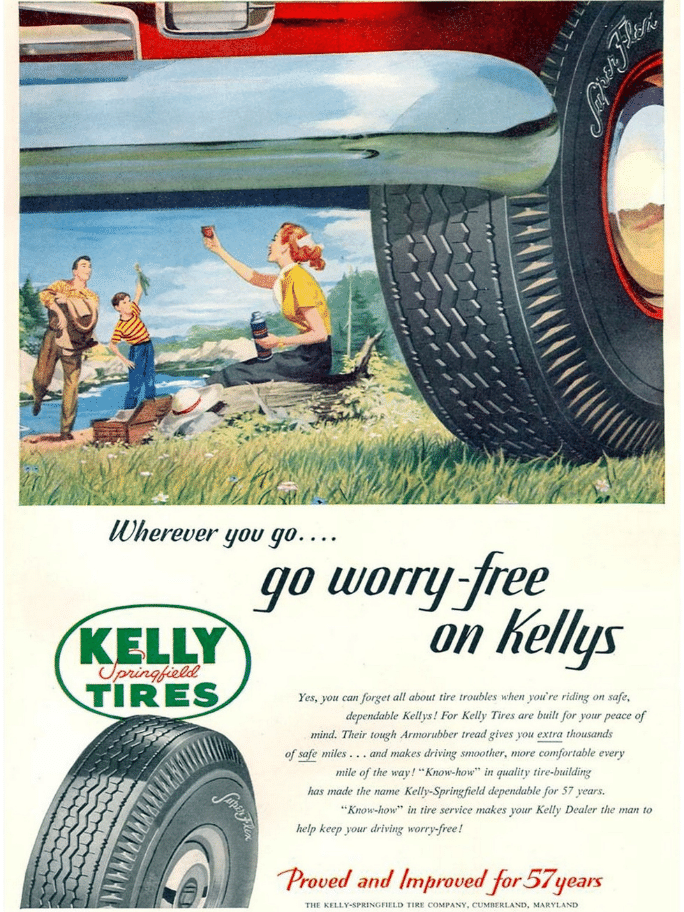 What is carbon used for? This is the bonding component of the mixture (affecting wear resistance), acting at the molecular level. Without the use of carbon black, tires would be short-lived, fragile and would have increased tread wear.
What is carbon used for? This is the bonding component of the mixture (affecting wear resistance), acting at the molecular level. Without the use of carbon black, tires would be short-lived, fragile and would have increased tread wear.
Sulfur is used instead of carbon black. But the choice of component is a matter of cost. From a technological point of view, the difference is small. This additive is a vulcanizing agent. They connect polymer molecules with "bridges" to form a spatial network. The ductile raw rubber compound turns into a flexible and durable rubber.
Silicic acid is used as a replacement for carbon black from limited access to natural gas sources in Europe. It does not provide high strength, like carbon black, but improves the grip of the tire on a wet road surface. Also, it is less wiped out of the rubber during the operation of the tire. This property is less detrimental to the environment. Black coating on roads is carbon black worn out of tires.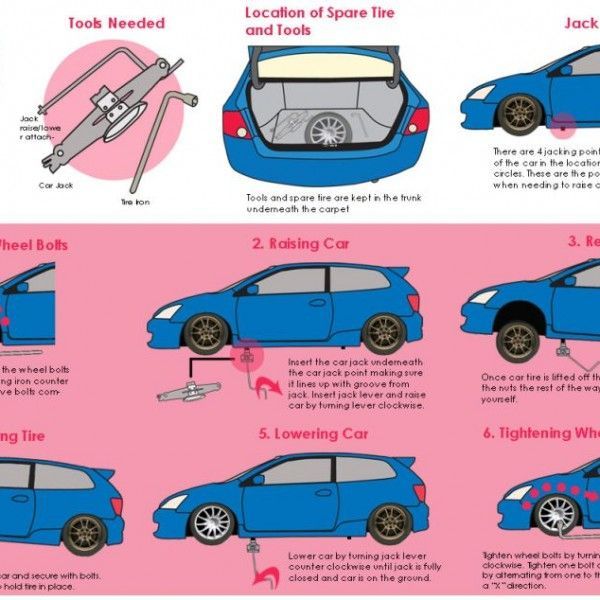 Tires using silicic acid are referred to as "green" tires in advertising.
Tires using silicic acid are referred to as "green" tires in advertising.
Various oils and resins are used as additives for the preparation of compounds. They perform a softening function, which is especially important in the production of winter tires. They are designated as softeners and serve as auxiliary materials. The driving properties and wear resistance of the tire largely depend on the achieved stiffness of the rubber compound.
Vulcanization activators, such as zinc oxide and stearic acids, as well as accelerators, initiate and regulate the hot mold vulcanization process (pressure and heat) and direct the reaction of the interaction of vulcanizing agents with rubber towards obtaining a spatial network between polymer molecules.
The fact that rubber contains corn starch, olive oil, activated charcoal or other advertised additives means nothing. They can be less than 1 percent in the composition of the tire. It is important to invent and then reproduce a recipe that, using these components, would provide excellent performance. This is not possible for all manufacturers.
It is important to invent and then reproduce a recipe that, using these components, would provide excellent performance. This is not possible for all manufacturers.
All car tires are made of rubber or other materials, but with the addition of rubber. Manufacturers have their own optimal chemical composition, which determines various characteristics. One company focuses on the service life, another - on the dynamics of the car, and the third - behavior on wet roads. They determine the price and quality of the tire.
Any tire product has certain properties primarily due to its composition. Tire cocktail is perhaps the most significant factor influencing the technical characteristics of a particular model. Tire manufacturers usually keep the composition of the rubber compound of their products in the strictest confidence, this is a trade secret of any company.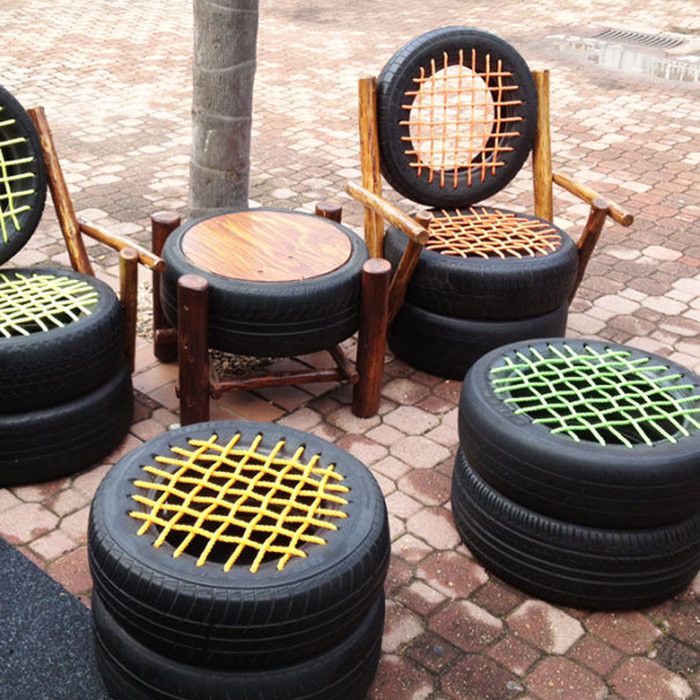 But one way or another, the main components of rubber are known to everyone, as is known about their chemical properties, which affect the quality of movement.
But one way or another, the main components of rubber are known to everyone, as is known about their chemical properties, which affect the quality of movement.
The main constituent materials used in the production, affecting the performance of the tire:
 The hardness of the rubber compound determines the wear, grip and braking performance. That is the main technical properties. Depending on the purpose of the rubber, manufacturers indicate the required rigidity. For example, for high-speed models, the composition uses a harder rubber, and for classic rain models, it is softer (since such rubber adheres well to wet roads).
The hardness of the rubber compound determines the wear, grip and braking performance. That is the main technical properties. Depending on the purpose of the rubber, manufacturers indicate the required rigidity. For example, for high-speed models, the composition uses a harder rubber, and for classic rain models, it is softer (since such rubber adheres well to wet roads). 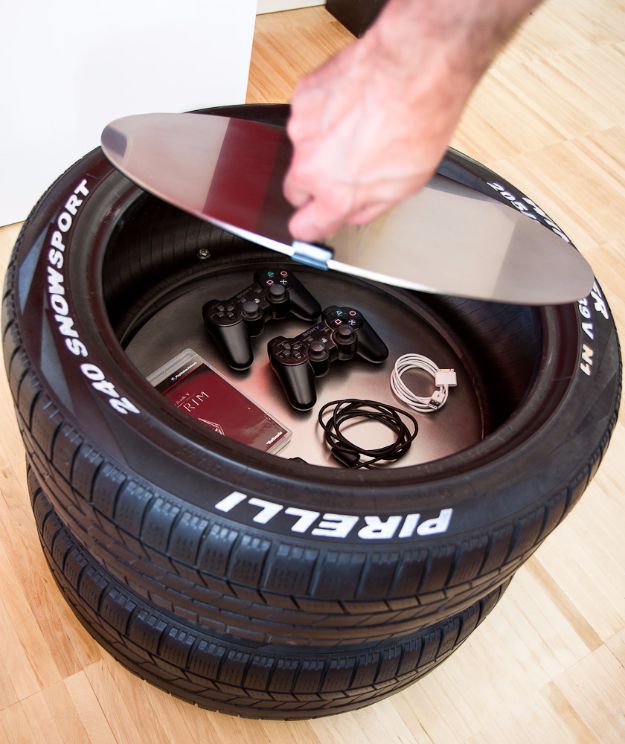
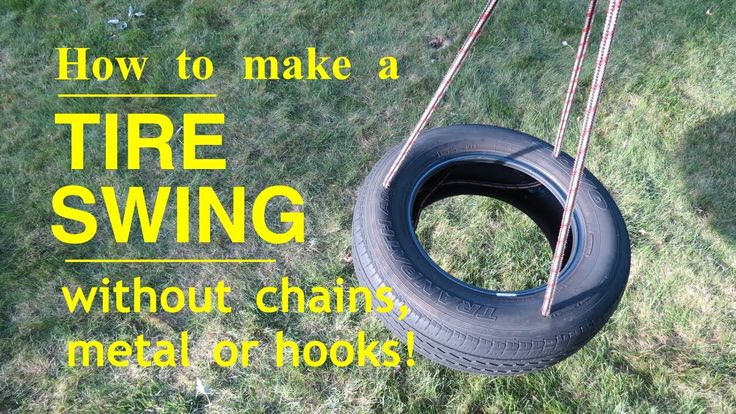
The rubber compound of a particular product is the key to the safe movement of a particular vehicle. When choosing a tire, be sure to ask the seller about the composition of the rubber. As a rule, the more expensive the tires, the more complex and, accordingly, more efficient the tire cocktails in them. When choosing, the purpose of the tire should also be taken into account. For example, a UHP class requires a hard rubber compound, while a winter tire requires a soft one with a high proportion of silica. There are many nuances, so it's best to follow will turn to professionals .
| What winter tires to buy? Expensive or cheap? To begin with, it is worth knowing the division into classes of car tires.  It is useful to know when to buy expensive premium tires, and when to choose cheaper analogues from the economy segment... It is useful to know when to buy expensive premium tires, and when to choose cheaper analogues from the economy segment... September 06, 2022, 10:06 | |
| Tires for electric vehicles - which ones to choose? Driving an electric car is different from driving a car with an internal combustion engine. This is felt by both the driver and passengers. For tires, another type of drive is also important. Rubber on.. August 09, 2022, 11:58 | |
| Who are low profile tires suitable for? Car wheels are the first thing that comes to mind in the context of visual tuning. Not every car will be better after installing a tailgate spoiler. And big.. 18 April 2022, 15:42 | |
| What are UHP (HP) tires? Best choice for summer High Performance and Ultra High Performance tires are becoming increasingly popular all over the world.  | |